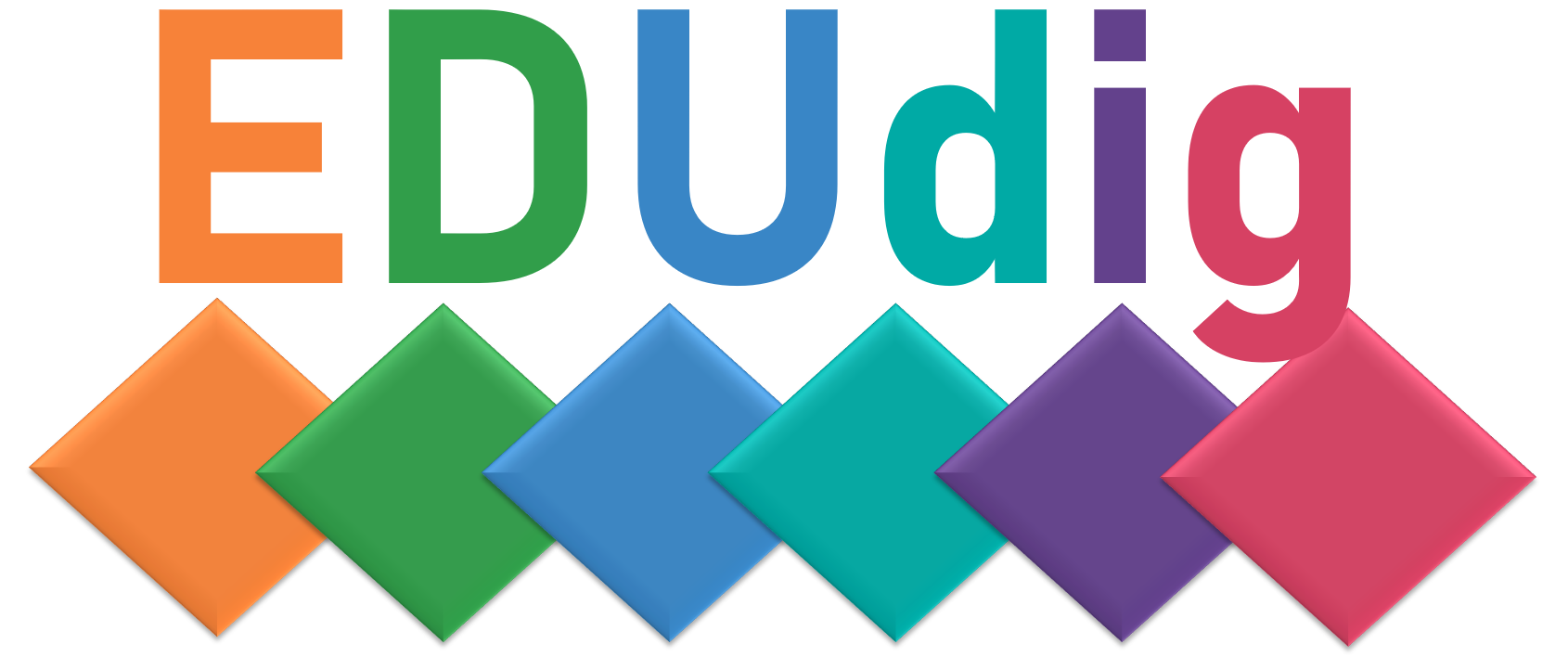Visual content boosts learner engagement and enhances learning in multiple ways. There are a myriad of ways to create visual content, starting from use of photos, visual illustrations (symbols, icons, graphs, ), use of typography, interactive images (embedded image hotspot, e.g. with H5P or thinglink), screen captures to creating versatile infographics (e.g. charts, graphs).
Likewise, the tools to create them are many. It would be hard to exemplify just a few, thus, we introduce a few links to create visual content and to support students to express themselves visually.
Creating content easily with curated visuals and templates:
- VistaCreate
- Canva.com
- Google Drawings
- Infogram.com (Infographics and reports)
- Piktochart.com (Infographics)
- Thinglink Interactive images
- Visual geographical maps (see example): > New > Google My Maps
- Digifloat: 21 alternatives for visual content with templates and design features
- 10 Types of Visual Content Proven to Boost Learner Engagement
- How to Leverage Visual Content in Higher Education
- How to Create 16 Visual Content Types You Need Right Now
- New Guide: Developing a Visual Storytelling Strategy for Schools and Universities
- Top 8 tools for creating highly visual digital learning content.
- Free image libraries: Freepik, Pexels, Pixabay, Unsplash, Picjumbo, Gratisography, SplitShire ….
- Google Image Search to Find Creative Commons Images
Example visual graphical map:

